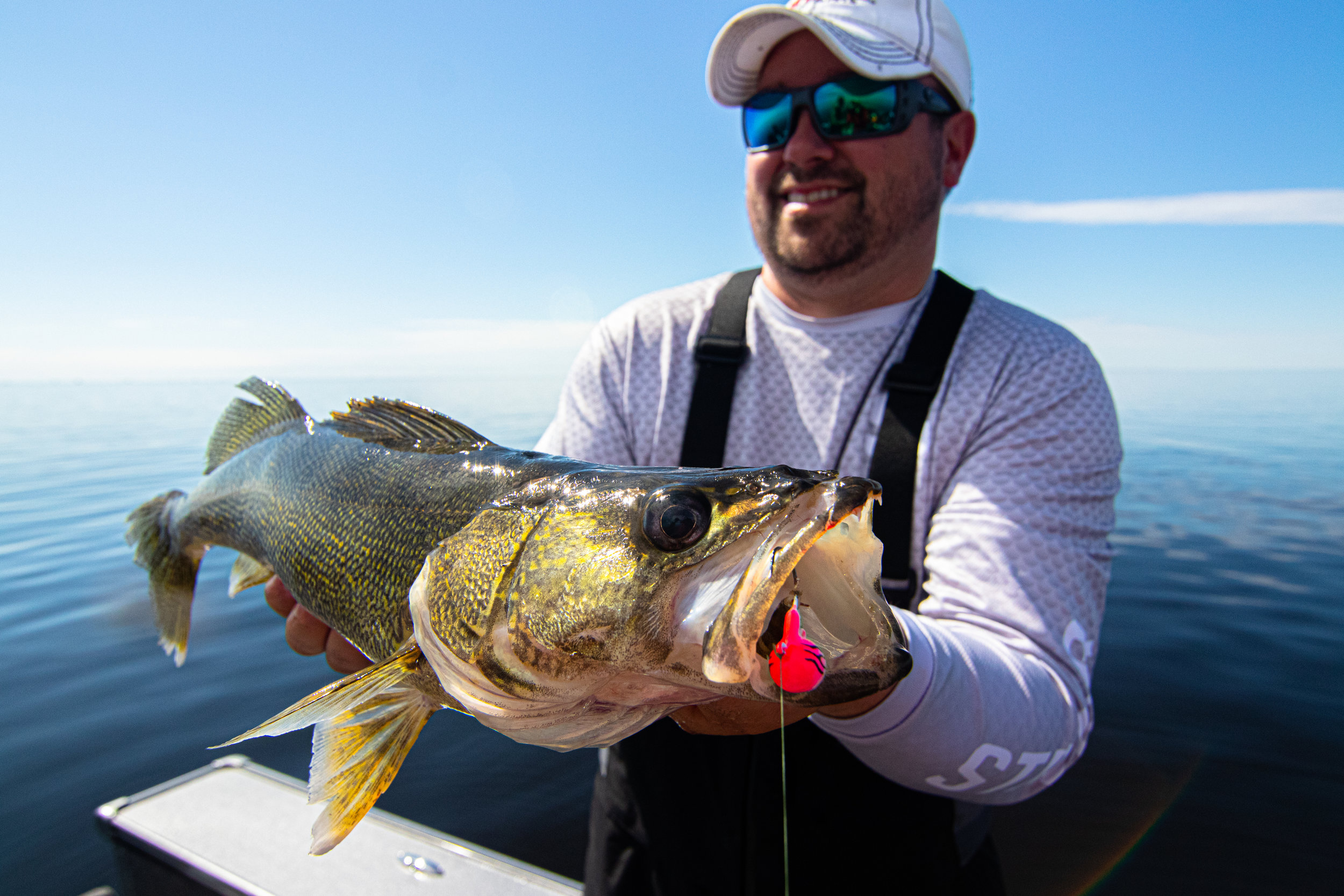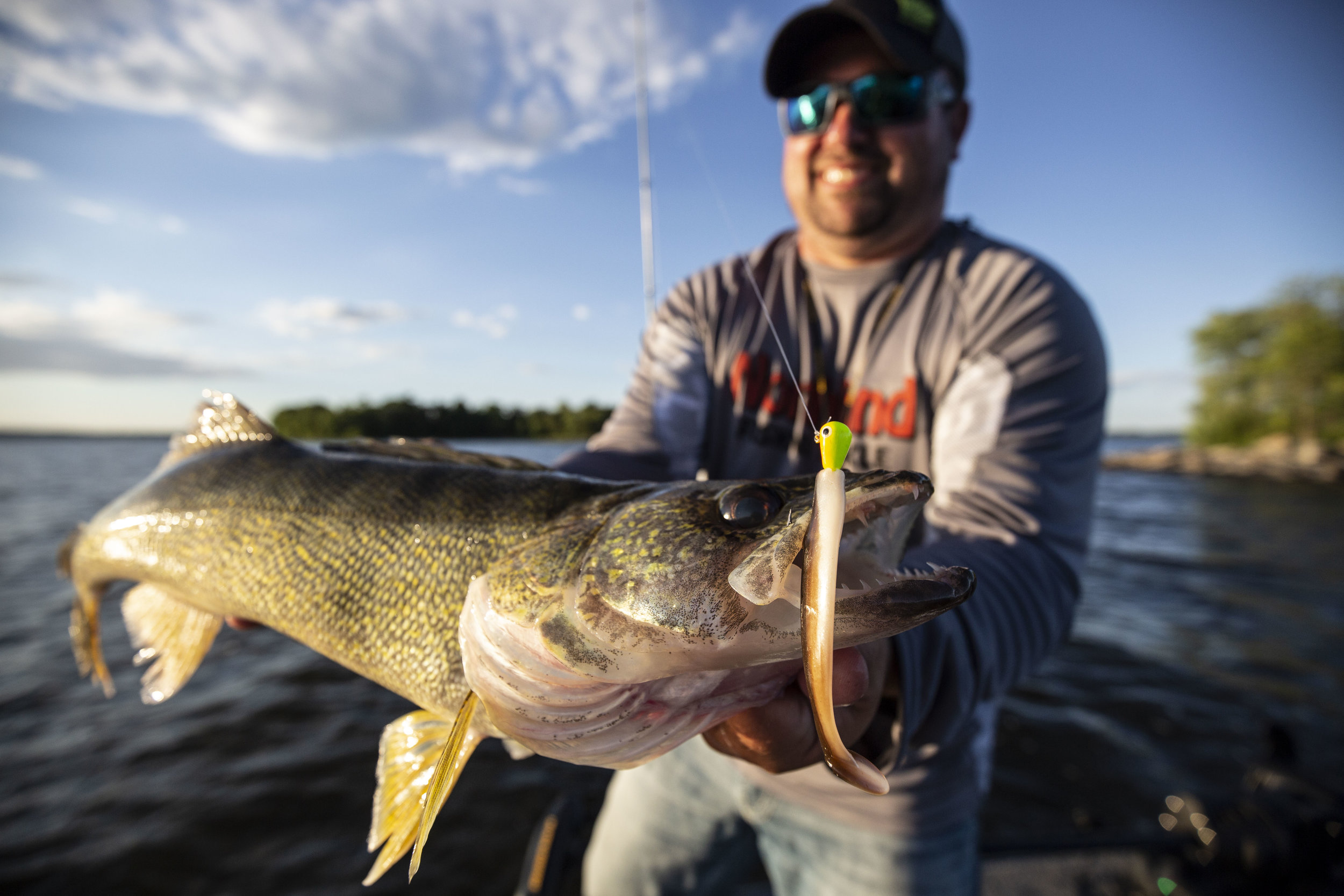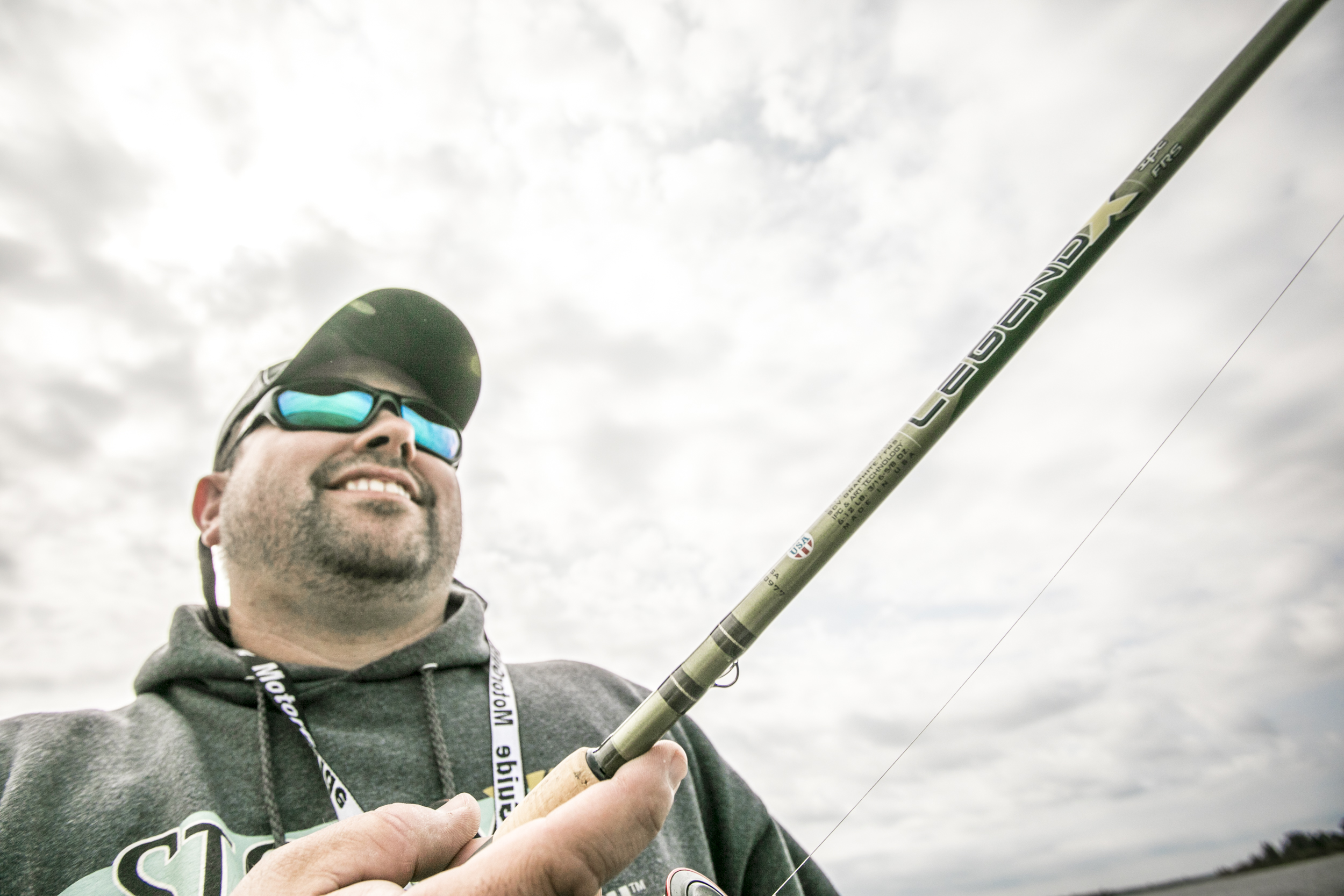The International Convention of Allied Sportfishing Trades (ICAST) is a fishing show like none other. Held in Orlando, Florida’s Orange County Convention Center, and playing host to nearly 15,000 buyers, media, and exhibiters from across the global sportfishing industry, ICAST is the fishing industry’s equivalent to the Super Bowl. As a member of the general public, unfortunately, not everyone can attend. Only those with a material connection to the recreational fishing industry may participate, but everyone into fishing certainly benefits, and anyone interested in overall fishing trends can learn from what the annual show offers.
Exhibitors from the fishing industry’s most iconic brands man massive booths to display new product offerings for 2020, have reps on hand to meet and discuss new business, and overall help to answer questions about their full lineup of products. That’s interspersed and directly next to inventor types with a brand new product idea that are just getting started, along with every company and any fishing-associated category in between. You’ve got massive and corporate, as well as tiny and family-owned.
There’s a pre-show tournament, on-the-water demonstrations, and even a state of the industry address highlighted by Florida Governor Ron DeSantis. From there, manufacturers, retail buyers, media types, and reps explain their products while launching new ones to be considered for any of the 29 different “Best of Category” award honors. These new product awards are voted on by credentialed buyers and media from around the world, and this year over 1000 products from more than 300 companies vied for top spots. A “Best in Category” award is usually a competitive grab, and an incredible honor that usually means a well-thought out idea executed in the form of a product that serves a real need. Many of the best lures, lines, rods, reels, electronics, and apparel that we use today were once ICAST “Best in Category” winners.
What does this matter to your average angler? More than you might think. ICAST is produced by the American Sportfishing Association (ASA) – a non-profit that shares a stake in promoting sportfishing as part of our national heritage. ASA does work on Capitol Hill and throughout the country to ensure policies that promote clean water and better fishing. Beyond that, ICAST is a bellwether for changes in the sport, angler’s interests and attitudes, along with a great preview for what’s to come.
Last year, ICAST was very much the year of apparel. New rainsuits, performance wear, and UPF shirts dominated the landscape. This year, was the year of the trolling motor with several new entries into the market from Garmin and Lowrance. More importantly, as the competitive landscape crowds in each category, we’re reminded that retailers don’t always carry all products. They need to stock their shelves with products that sell, preferably at sizeable margins. That may or may not always reflect angler interests in needs, so it’s important to know that in our shrinking world of online purchases and web reviews, you do have options.
I think it’s also important to note that due to the size of each of these launches, along with the sheer number of products in the marketplace, it’s easy to get confused as to which reel does what, what rod does that, etc. That’s where the reverse statement regarding retail is true, in that a good retailer with strong product knowledge and good employees can help you navigate the mess to find the best. There were plenty of retailers from big boxes to independents doing their very best to stay up to date with orders and product knowledge.
Still, specialization is here to stay. Where it was once a challenge to find a good and specific “bass plastics” rod, you now have separate rod offerings for swimbaits, ned rigs, and wacky worms each. That trend has continued throughout all categories and will likely only get more specific, which isn’t necessarily a bad thing, especially as people get more particular in their tastes. You see it too in electronics, as manufacturers continue to push the limits of technology given specific interests of certain anglers. For example, some of the trolling motors released at 2019 ICAST now not only spot-lock, follow contours, and navigate to existing waypoints, they offer suggested routes via “auto-guidance.” In theory, it’ll be a smarter-than-average buddy that runs the trolling motor for you. Too good to be true? Maybe, but it’s an example of where things are likely headed.
For me, the greatest takeaway is that the industry is full of people that for the most part, are passionate anglers in their own right. Different than a trade show for your average widget or product X, ICAST is abuzz with anglers just like yourselves that happen to partake in fishing for both business and pleasure. Flights to and from are loaded with boyhood fishing legends, reps, and manufacturers. Dinners out are with the people that shape the direction of the industry through the products they pioneer. Uber rides, airport shuttles, and lunch are split with competitors and cooperators alike. In my experience, just about all of them are simply happy to be doing what they do, and anxious to continue working at what they love.
The St. Croix Rods team after another 3-peat Best In Category ICAST awards.





